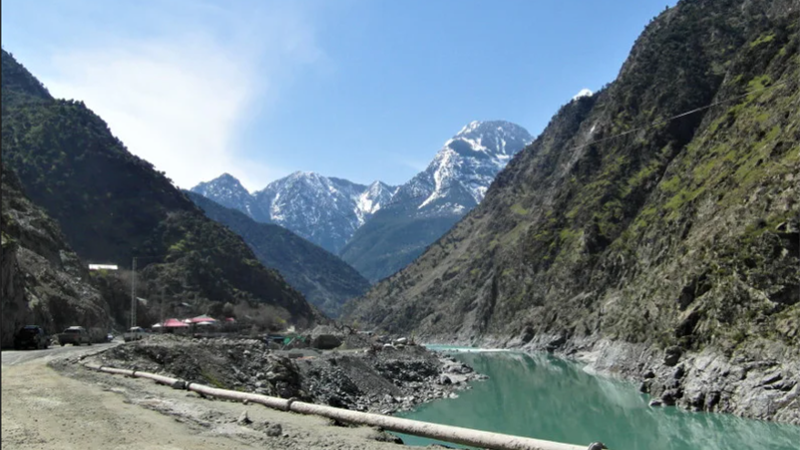The World Bank has announced an additional $1 billion in financing for the Dasu Hydropower Project (DHP) located in Khyber Pakhtunkhwa’s Upper Kohistan district. This funding, revealed in a press release late last night, aims to enhance Pakistan’s hydropower capacity and improve socio-economic conditions in the region.
The World Bank’s Board of Executive Directors approved the financing, marking the second round of additional support for the Dasu Hydropower Stage I (DHP I) Project. This move underscores the project’s significance in boosting hydropower electricity supply, expanding access to socio-economic services for local communities, and strengthening the Water and Power Development Authority’s (Wapda) capacity for future hydropower developments.
“Pakistan’s energy sector faces numerous challenges in achieving affordable, reliable, and sustainable energy,” noted Najy Benhassine, World Bank Country Director for Pakistan. He highlighted the Dasu project site as one of the premier hydropower locations globally, poised to transform Pakistan’s energy sector by contributing to greener and more cost-effective electricity.
Rikard Liden, the task team leader for the project, emphasised the project’s role in reducing Pakistan’s reliance on fossil fuels. “The DHP-I is crucial for Pakistan’s goal of reaching 60 per cent renewable energy by 2031,” he said. The additional financing is expected to boost electricity supply and save Pakistan approximately $1.8 billion annually by reducing imported fuel costs and offsetting around 5 million tonnes of carbon dioxide emissions.
Liden also pointed out the impressive economic returns of DHP-I, estimated at around 28pc annually. Once completed, the Dasu project will have an installed capacity ranging from 4,320 to 5,400 megawatts (MW). The first stage, DHP-I, will produce 2,160MW, generating 12,225 gigawatt hours (GWh) of low-cost renewable energy annually. The subsequent stage, DHP-II, will add between 9,260 and 11,400GWh per year from the same dam.
Beyond energy production, the World Bank highlighted the project’s socio-economic benefits. Since 2012, adult literacy in the region has increased by an estimated 30pc, boys’ schooling by 16pc, and girls’ schooling by an impressive 70pc. The additional financing will further support ongoing initiatives in education, health, employment, and transport in Upper Kohistan.
